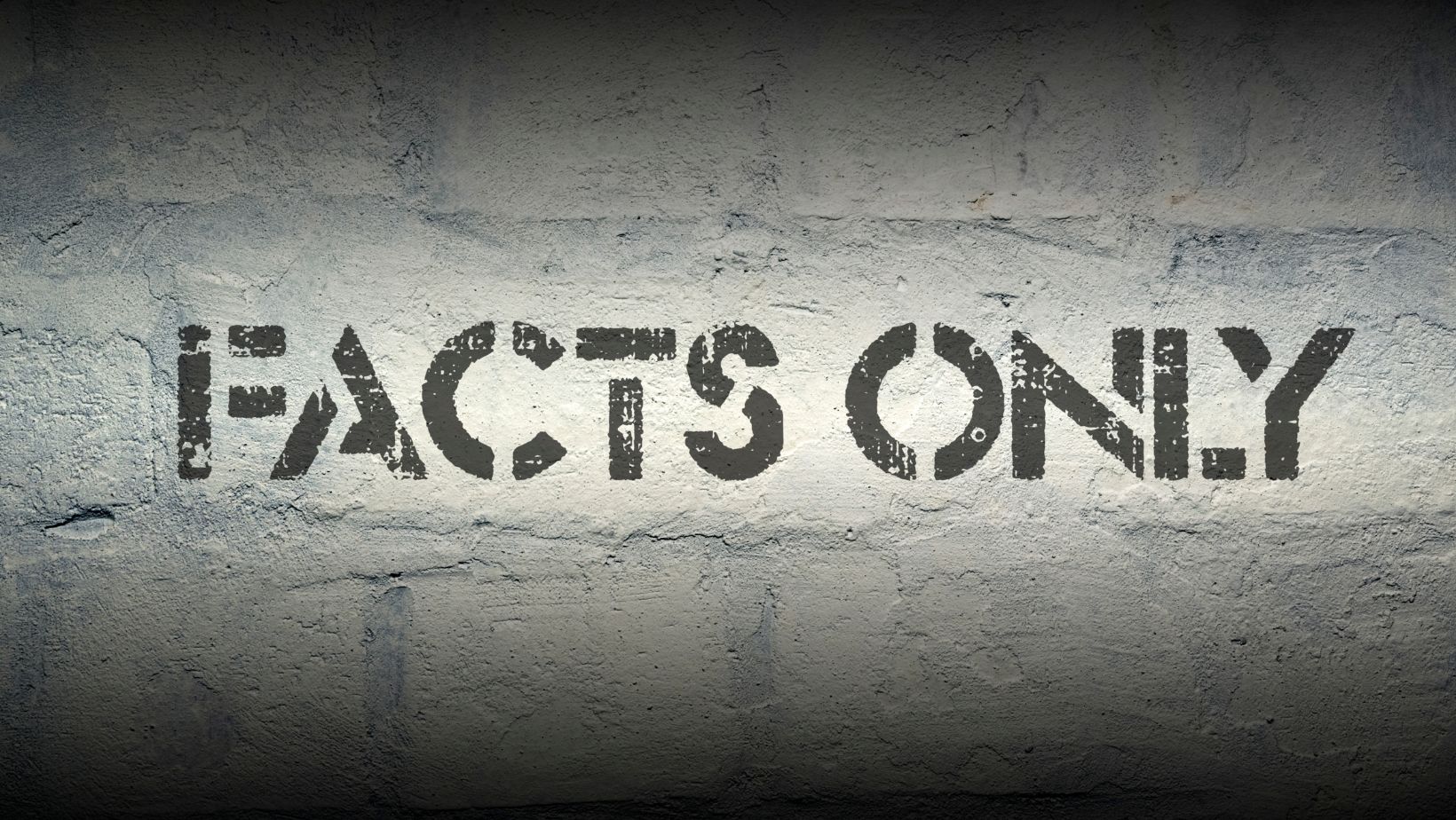The Essential Four: Understanding the Chemical Makeup and Importance of Oxygen, Carbon, Hydrogen and Nitrogen
The Importance of Chemical Makeup
The world around us functions, in part, thanks to the interactions between various elements within the chemical makeup of all things. These chemical makeups govern everything from our bodily functions to the workings of our universe. Appreciating their importance gives us vital insights into how we interact with our environment, react to stimuli, and even understand the complexity of life itself.
Understanding the Elements
Every object in our universe, from the smallest molecule to the largest star, comprises a combination of four essential elements: hydrogen, oxygen, carbon, and nitrogen. Also found in the air we breathe and the food we eat, these elements perform specific roles in our bodies and the world around us.
- Hydrogen, the most abundant element in the universe, forms water molecules with oxygen and contributes to energy production.
- Oxygen combines with hydrogen to create water, essential for life. It’s also critical in cellular respiration, an energy-producing process in our bodies.
- Carbon, often referred to as the foundation of life, forms the backbone of molecular structures in most life-based compounds. It’s crucial for cell reproduction, energy production, and maintaining life’s balance.
- Nitrogen is essential for protein formation, DNA synthesis, and vital for plant growth as a component of chlorophyll.
The Four Essential Elements
As we delve more into the chemical makeup of all things, it’s crucial we understand the importance of four fundamental elements. These elements – Oxygen, Carbon, Hydrogen, and Nitrogen – significantly influence the composition of our bodies and the world around us.
Element 1: Oxygen
Oxygen is vital for life as we know it. As the body’s key energy producer, oxygen is used in the respiration process of almost all major life forms. Oxygen’s importance extends beyond just biological applications. It is also an essential component in processes such as combustion and rusting that shape our world.
Element 2: Carbon
Carbon is the major building block of life and is the main element in organic compounds. Carbon’s unique versatility comes from its ability to form stable bonds with many elements, including itself. This helps create chain-like molecular structures that are at the heart of complex molecules like proteins and DNA.
Element 3: Hydrogen
Hydrogen is the simplest and most abundant element in the universe, making it a fundamental building block of life. In its bond with oxygen, it forms water – a critical compound to all known life forms. Hydrogen also acts as a major energy carrier in cellular systems.
Element 4: Nitrogen
Nitrogen is a crucial element in the makeup of all things. It plays a key role in the development of plant life due to its presence in chlorophyll – the compound plants use to photosynthesize and convert sunlight into chemical energy. In the human body, nitrogen is a vital constituent of genetic material and proteins, catalyzing key biological reactions.
The Chemical Makeup Requires Four Elements.
Ionic Compounds
Ionic compounds form when electrons are transferred from one atom to another, effectively creating ions. Atoms lose or gain electrons to reach a state of stability, typically an outer shell full of electrons. This generates an imbalance in the atomic structure – creating a positively charged ion (cation) or a negatively charged ion (anion).
Examples of ionic compounds include sodium chloride (NaCl), magnesium oxide (MgO), and calcium fluoride (CaF2). All these compounds exhibit the defining characteristics of ionic compounds – high melting points, crystalline structure, a tendency to dissolve in water, and ability to conduct electricity when melted or dissolved.
Covalent Compounds
On the other hand, covalent compounds emerge when atoms share electrons, creating what we refer to as covalent bonds. Unlike ions in ionic compounds, atoms in covalent compounds maintain a neutral charge, but they still aim to fill their outer electron shells to achieve stability.
A few examples of covalent compounds are water (H2O), carbon dioxide (CO2), and methane (CH4). Covalent compounds show a contrasting nature to ionic ones – lower melting points and boiling points, non-conductive, and many do not dissolve in water.
These two types of compounds are just the tip of the iceberg in the immense and complex world of chemistry. However, a solid understanding of ionic and covalent compounds provides a basis for understanding numerous biological processes and the composition of the universe as we know it.
In the grand scheme of things, these four elements and their compounds are the building blocks. They’re the threads that weave the intricate tapestry of existence. So, let’s appreciate the chemistry around us, and continue to explore and understand it. Because, after all, it’s the very essence of life and the universe.


